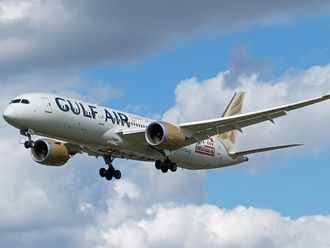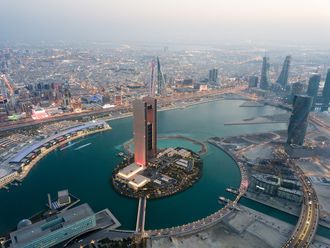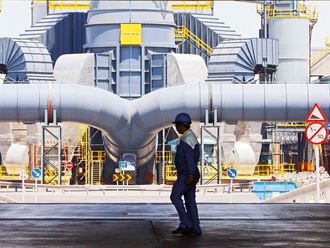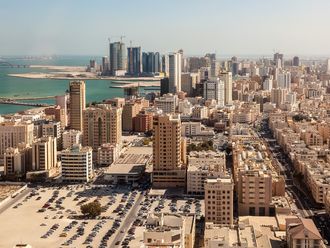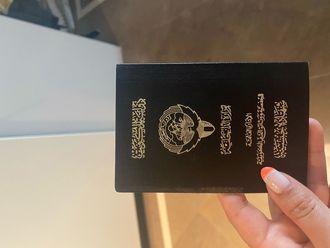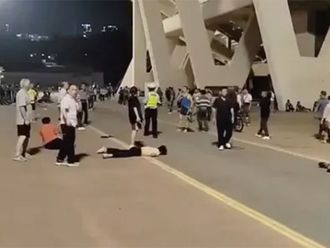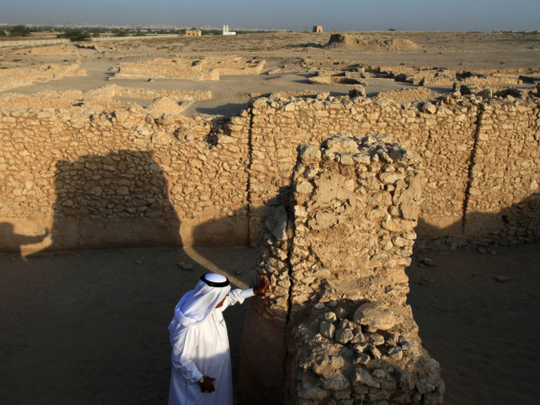
SAAR, Bahrain: More than 4,000 years ago, Dilmun merchants travelled from Mesopotamia to the Indus River, titans of trade and culture before the rise of the empires of the Persians or the Ottomans. Over a millennia, the civilisation that Dilmun created on the back of trading in pearls, copper and dates as far as South Asia faded into the encroaching sands. It wasn’t until an excavation by Danish archaeologists in the 1950s that its past was rediscovered.
The connection to ancient Dilmun is one of the few unifying symbols in the country. It also is a rare and vivid look at pre-Islamic life in a region with few sites celebrating cultures before the time of the Prophet Mohammad (PBUH). A distinguishing feature of Dilmun civilisation was extensive burial mounds, which are still visible today — but under threat. In the ancient settlement of Saar, about 10 kilometres southwest of Bahrain’s capital, Manama, archaeologist and researcher Abdul Aziz Suwalih worries about modern developments that have chipped away at the honeycomb-patterned burial mounds. The mounds have been proposed as a Unesco World Heritage site to join Bahrain’s ancient Dilmun harbor on the list.
“Bahrain was famous for holding the largest cemetery in the world by having more than 100,000 burial mounds. Now we have around 60,000 burial mounds. There are threats,” Suwalih told The Associated Press. “Protecting the archaeological sites in Bahrain is a big issue.”
In May, Bahrain hosted a conference by Unesco — the UN’s educational, scientific and cultural body — that included discussions about preserving the burial mounds and other remnants of Dilmun civilisation, as well as prospects for future digs and explorations. The Saar settlement was excavated between 1990 and 1999 by the London-Bahrain Archaeological Expedition, though more work remains.
“It is the only Dilmun settlement that has been extensively investigated by archaeologists,” Suwalih said. There are more than 70 buildings in the settlement, some of which were extraordinarily well-preserved and showcases domestic life and worship in a society that followed the rhythms of the moon.


